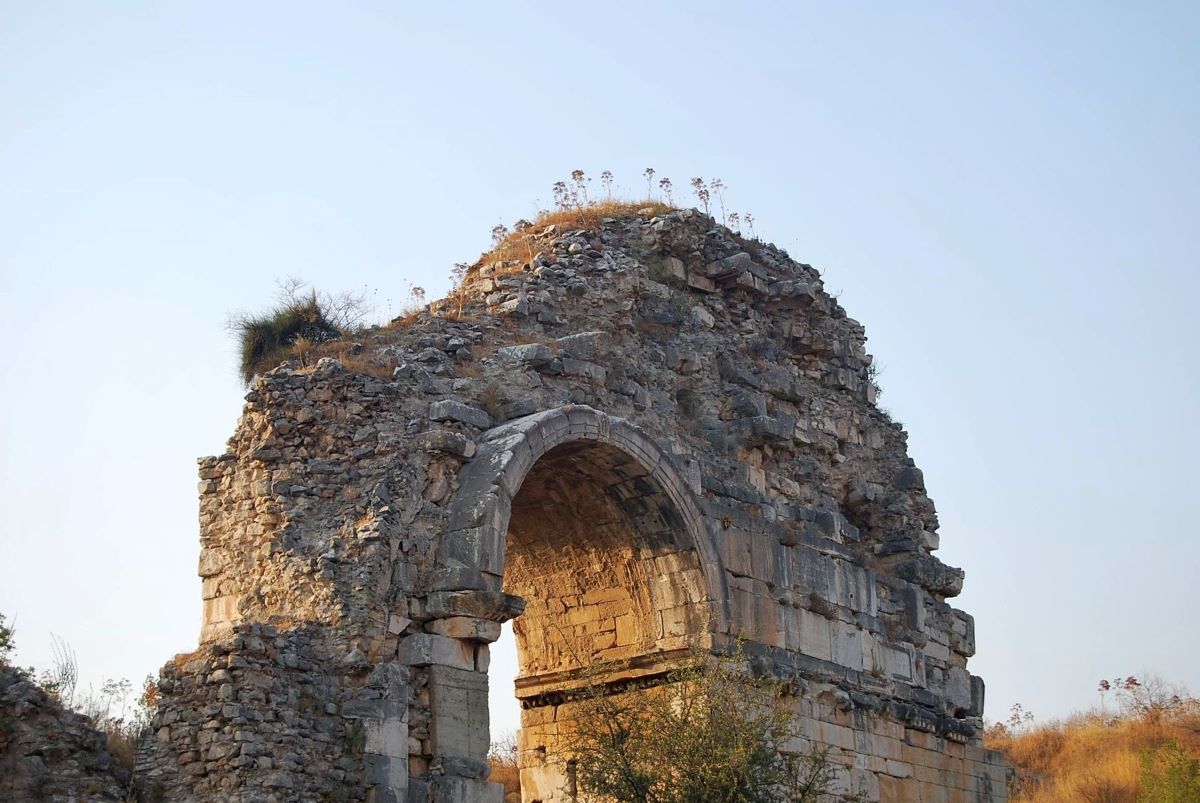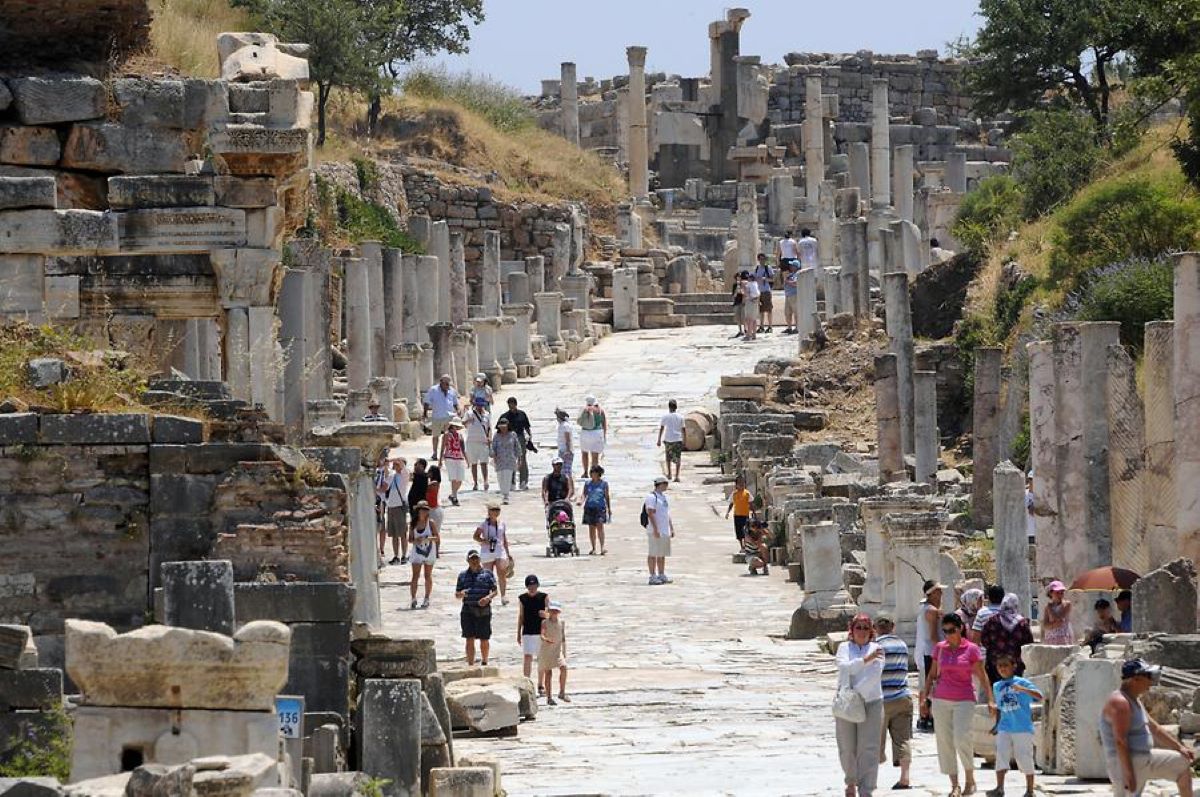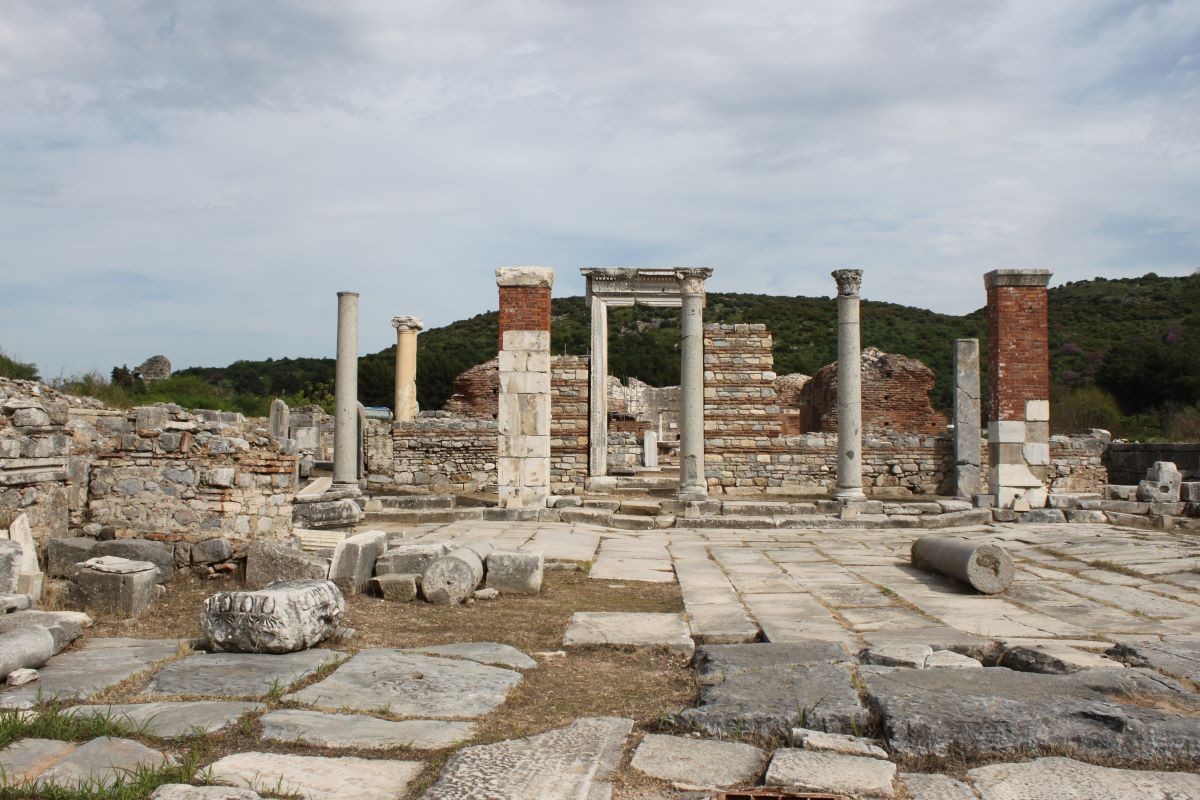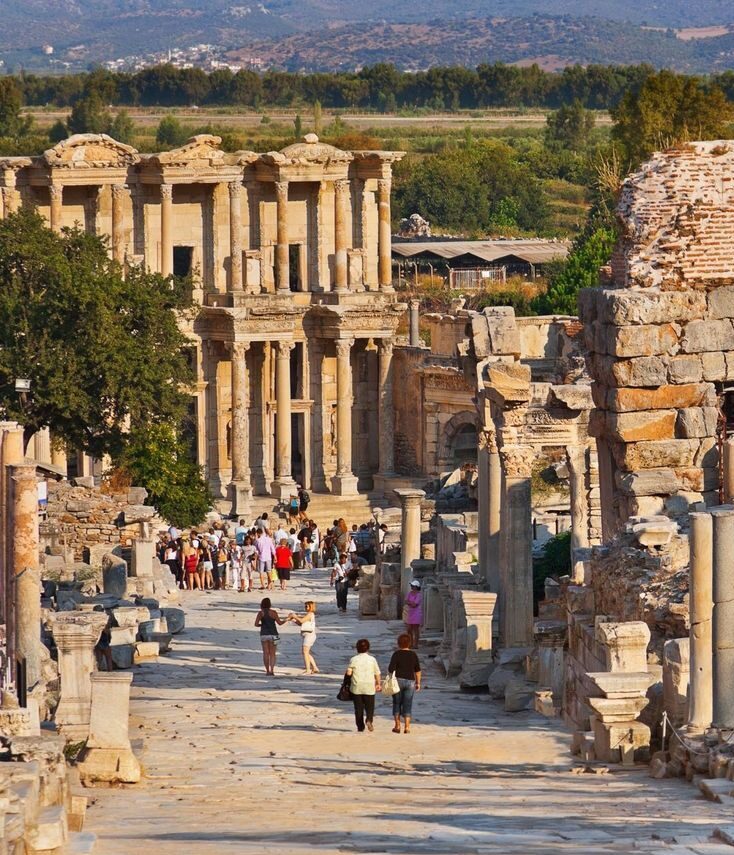The ancient city of Ephesus is a site of remarkable historical significance, with a…

Vedius Gymnasium: A Window into Ancient Greek Life
Located in the ancient city of Ephesus, Vedius Gymnasium is a fascinating glimpse into the lives of the ancient Greeks. The gymnasium was built in the 2nd century AD by a wealthy Roman citizen named Vedius Antoninus, who had close ties to the Roman Emperor Hadrian. Today, the ruins of the gymnasium are a popular tourist attraction, drawing visitors from all over the world to marvel at its impressive architecture and learn more about the culture and traditions of the ancient Greeks.
The gymnasium was a central gathering place for the citizens of Ephesus, who would come to exercise, socialize, and engage in intellectual pursuits. The gymnasium complex was large and consisted of a variety of different buildings, including a wrestling arena, a bathhouse, a library, and lecture halls. These facilities were used by both men and women, although they were segregated by gender. The gymnasium was also a place where young boys received their education, studying under the guidance of respected philosophers and scholars.
One of the most striking features of Vedius Gymnasium is its architecture. The gymnasium was designed in the classic Roman style, with a grand entrance that led to a central courtyard surrounded by porticoes. The walls of the porticoes were adorned with beautiful frescoes, many of which have been preserved and can still be seen today. The gymnasium also had a large, open-air arena where athletes would compete in a variety of events, including wrestling, boxing, and foot races.
In addition to athletic pursuits, the gymnasium was also a place for intellectual pursuits. The library at Vedius Gymnasium was one of the largest and most impressive in the ancient world, containing thousands of books on a wide variety of subjects. Scholars from all over the world came to study at the gymnasium, and the lectures given by the philosophers and scholars were highly regarded.
The gymnasium also had a bathhouse, which was an important part of ancient Greek culture. The bathhouse was a place where people would come to relax and socialize, as well as to clean themselves. The bathhouse at Vedius Gymnasium was particularly impressive, with a large pool and intricate mosaic floors.
Despite its impressive size and grandeur, Vedius Gymnasium was eventually abandoned and fell into disrepair. Today, the ruins of the gymnasium stand as a testament to the ingenuity and creativity of the ancient Greeks. Visitors to the gymnasium can still see the remnants of the porticoes, the wrestling arena, and the library, and can imagine what life was like for the citizens of Ephesus over two thousand years ago.
In conclusion, Vedius Gymnasium is a fascinating and important archaeological site that provides insight into the culture and traditions of the ancient Greeks. The gymnasium was a central gathering place for the citizens of Ephesus, who came to exercise, socialize, and engage in intellectual pursuits. The gymnasium’s impressive architecture, including its grand entrance, porticoes, and open-air arena, as well as its library and bathhouse, make it a must-see destination for anyone interested in ancient Greek history and culture.




This Post Has 0 Comments